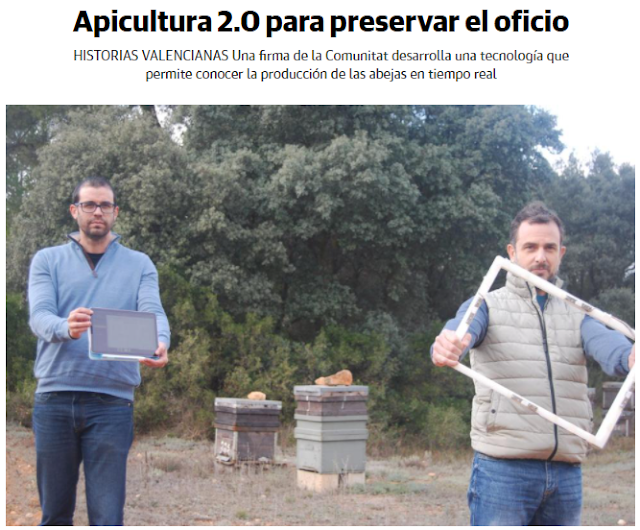
El Mundo de la Comunidad Valenciana
La firma valenciana Lepton diseña un sistema antirrobo para panales que avisa al apicultor por GPRS e indica su posición por GPS
La
empresa valenciana Lepton ha diseñado la primera solución antirrobo
específica del sector apícola, capaz de avisar al propietario...





